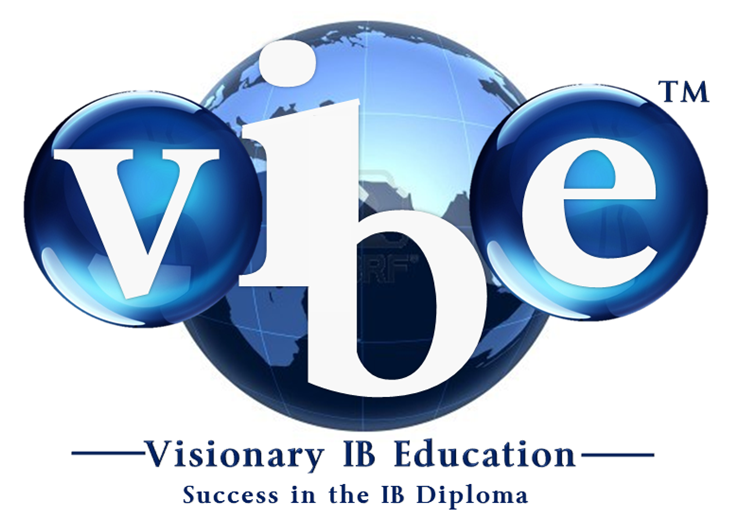IB Business Management:
|
|
|
The IB Business and Management Accounts and Finance unit covers the following topics:
|
Finance and Accounts
Keeping a close eye on and having effective systems to monitor inflows of revenue and outflows of expenditure is vital for any successful business. Having established sources of finances for initial business funding, cash short-falls and expansion plans is important. The accounts and finance section also provides the business with an array of tools for keeping track of cash flows, judging the viability of an investment and being able to prepare and analyse a financial records to both report on and evaluate the health of a business.
ENRON: An introduction to accounts & financeBefore Lehman Brothers sank link a stone and heralded the start of the Great Financial Crisis, ENRON was the prime example of financial and accounting mismanagement, leading to what was then the largest corporate bankruptcy in the history of corporations.
The documentary is a fascinating introduction to the world of accounts and finance, enjoy! The biggest ever corporate bankruptcy |
FInance and AccountsThe IB Business Management course Finance and Accounts topic aims to give the student a good overview of:
|

